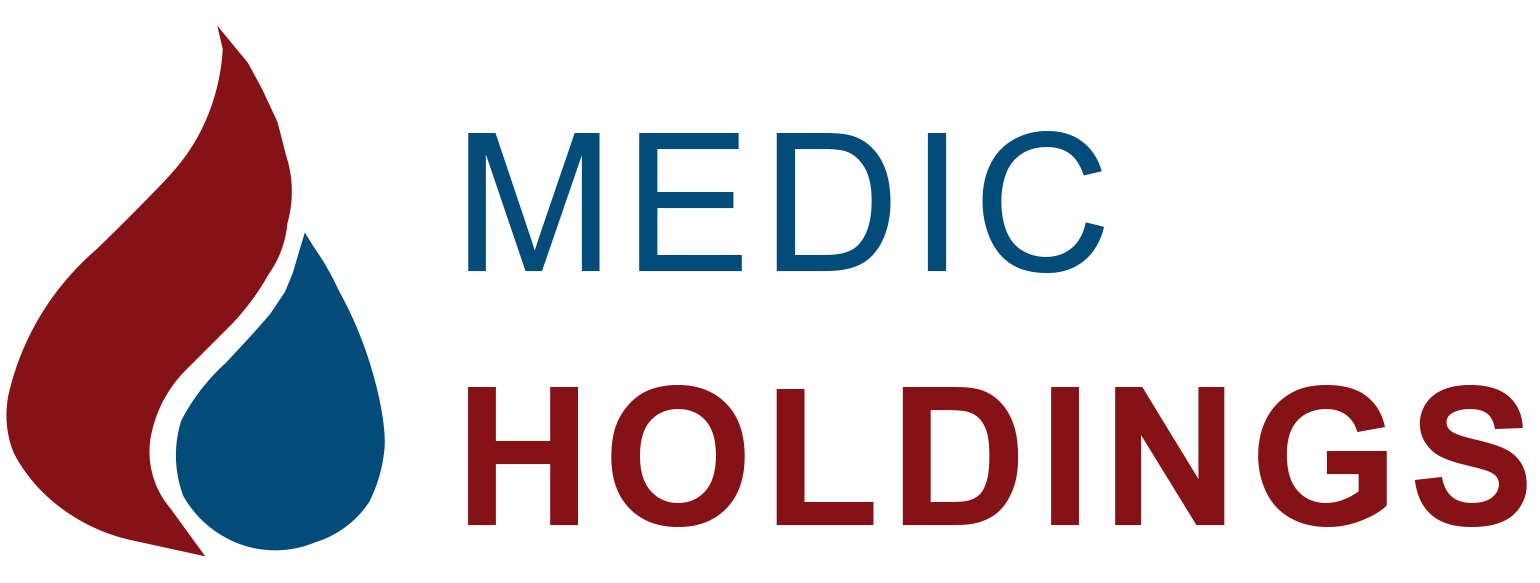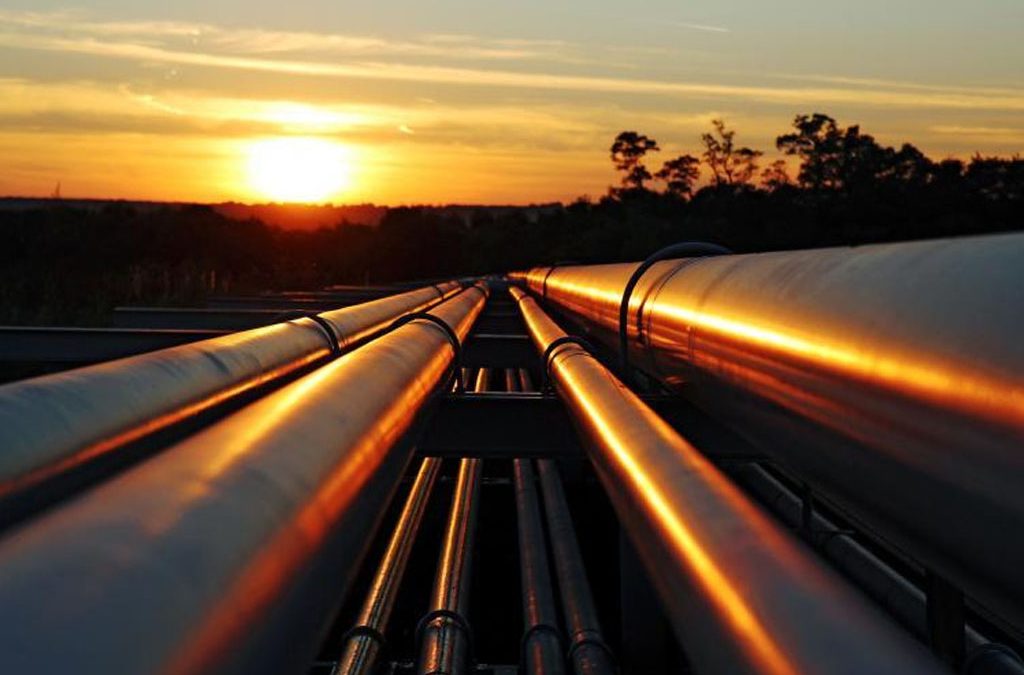In 2018, Kenya announced a significant delay to its Lokichar-Lamu crude oil pipeline, pushing the expected completion date from 2022 to 2025. This postponement dealt a blow to Kenya’s aspirations of becoming an oil-exporting nation while reshaping regional energy dynamics—particularly for companies like Medic Holdings Limited, which had positioned itself as a key fuel logistics provider in the LAPSSET Corridor.
This in-depth analysis explores:
- Background: Kenya’s Oil Discovery & Pipeline Vision
- Why the Lokichar-Lamu Pipeline Was Delayed
- Economic & Geopolitical Consequences
- Medic Holdings’ Strategic Adjustments
- Comparative Analysis with Uganda’s EACOP
- Current Status (2024) & Future Prospects
By examining this delay through the lens of Medic Holdings, we assess how shifting infrastructure timelines impact regional fuel distribution, investment strategies, and energy security.
-
Background: Kenya’s Oil Dreams & the LAPSSET Vision
Turkana Oil Discovery (2012)
- Tullow Oil discovers 560 million barrels of recoverable oil in Lokichar Basin.
- Initial Plan: Export 80,000 barrels per day (bpd) via pipeline to Lamu Port.
The Original Pipeline Plan (2014–2017)
| Feature | Details |
| Length | 865 km |
| Capacity | 80,000–120,000 bpd |
| Estimated Cost | $3 billion |
| Expected Completion | 2022 |
Link to LAPSSET Megaproject
The pipeline was a centerpiece of Kenya’s $25 billion LAPSSET Corridor, which included:
✔ Lamu Port expansion
✔ New highway & rail networks
✔ Oil refinery plans
-
The 2018 Delay: What Went Wrong?
Official Announcement (June 2018)
- Kenya’s Energy Ministry confirms pipeline completion pushed to 2025.
- Reasons cited:
- Financing challenges (investor hesitation)
- Land acquisition disputes (Turkana communities)
- Uganda’s withdrawal (opted for Tanzania’s EACOP instead)
Key Factors Behind the Delay
- Financing Shortfalls
- Initial backers (Tullow, Africa Oil, Total) sought more guarantees.
- Chinese investors (expected to fund 70%) delayed commitments.
- Geopolitical Shifts
- Uganda’s 2016 decision to choose Tanzania weakened Lamu’s viability.
- Security concerns in Lamu (Al-Shabaab threats).
- Local Opposition
- Turkana communities demanded:
- Better compensation for land.
- Jobs & revenue-sharing agreements.
-
Economic & Geopolitical Consequences
For Kenya
❌ Lost first-mover advantage in East African oil exports.
❌ LAPSSET momentum slowed, delaying Lamu’s economic hub ambitions.
❌ Investor confidence dipped in Turkana oilfields.
For Uganda & Tanzania
✔ EACOP gained dominance as East Africa’s key oil pipeline.
✔ Tanga Port secured long-term crude exports.
For Regional Fuel Markets
- Medic Holdings recalibrated storage investments from Lamu to Tanga.
- Fuel prices remained high in Northern Kenya (no pipeline efficiency gains).
-
Medic Holdings’ Strategic Adjustments
Initial Plans (Pre-2018 Delay)
- Lamu Port storage expansion (planned 30,000m³ facility).
- Fuel supply contracts for pipeline construction camps.
- Partnerships with Kenya Pipeline Company (KPC).
Post-2018 Pivot
- Reduced Kenyan Exposure
- Scaled back Lamu investments by 40%.
- Diverted capital to Tanzania (EACOP-linked projects).
- Turkana Fuel Logistics
- Won contracts to supply modular refineries.
- Developed last-mile distribution to oil camps.
- Regional Rebalancing
- Increased focus on Uganda’s Hoima refinery.
- Expanded South Sudan trucking operations.
Financial Impact
| Metric | 2018 | 2024 |
| Kenya Revenue Share | 35% | 22% |
| Tanzania Revenue Share | 15% | 38% |
| EACOP-linked Contracts | 0 | 9 |
-
Comparative Analysis: Lokichar-Lamu vs. EACOP
| Factor | Lokichar-Lamu (Kenya) | EACOP (Uganda-Tanzania) |
| Status | Delayed (2025 est.) | 80% complete (2024) |
| Investor Confidence | Low (financing gaps) | High (TotalEnergies-led) |
| Security | High risk (Al-Shabaab) | Stable |
| Medic Holdings’ Role | Limited (awaiting FID) | Key logistics partner |
-
Current Status (2024) & Future Outlook
Project Revival Efforts
- 2023: New feasibility studies launched.
- 2024: Kenya seeks $2.5B in Chinese financing.
Medic Holdings’ Cautious Approach
- Maintaining skeleton Lamu operations.
- Prepared to scale up if 2025 deadline holds.
Potential Scenarios
- If Completed by 2025
- Medic could reactivate Lamu storage plans.
- New Turkana fuel distribution opportunities.
- If Further Delayed
- Full exit from Lamu investments.
- Doubling down on EACOP & Uganda refinery.
Conclusion: A Cautionary Tale in Energy Infrastructure
Kenya’s pipeline delays highlight:
- The fragility of mega-projects in emerging markets
- How geopolitical shifts reshape energy maps
- Why agile companies like Medic Holdings thrive
Key Takeaways for Investors & Energy Firms:
- Diversify across multiple corridors (Medic’s Tanzania pivot paid off).
- Monitor political risk closely (Uganda’s EACOP choice was decisive).
- Prepare for delays (have contingency plans).
-
The 2024 Status Update: Why the 2025 Deadline Remains Uncertain
Current Project Timeline Revisions
- Original Schedule: 2022 completion (pre-2018 delay)
- Revised Target: 2025 first oil (now at risk)
- Latest Assessment (June 2024):
- Only 30% of pipeline right-of-way secured
- Critical financing agreements still unsigned
- No final investment decision (FID) from Tullow Oil
Key Obstacles in 2024
- Financing Shortfalls
- China’s Exim Bank yet to disburse $1.8B pledged
- Private investors demand 18% ROI (above industry average)
- Community Resistance
- Turkana protests over:
- 58% of promised jobs going to outsiders
- Only 12% of land compensation paid
- Turkana protests over:
- Security Concerns
- 14 pipeline security incidents in 2023
- Rising insurance premiums (now 22% of budget)
-
Medic Holdings’ Evolving Risk Mitigation Strategy
Adaptive Measures Since 2021
- Contract Restructuring
- Converted Lamu storage plans to modular, movable units
- Inserted force majeure clauses in all Kenya contracts
- Workforce Reallocation
- Shifted 65 Kenyan staff to Uganda/Tanzania ops
- Implemented cross-training for Turkana employees
- Financial Hedging
- Currency swaps for 40% of Kenya exposure
- Insurance-linked securities for political risk
Comparative Investment Allocation
| Market | 2018 Allocation | 2024 Allocation |
| Kenya | 38% | 15% |
| Tanzania | 22% | 45% |
| Uganda | 25% | 30% |
| South Sudan | 15% | 10% |
-
Emerging Alternatives to the Lamu Pipeline
Rail Transport Option Gaining Traction
- Mombasa-Nairobi-Suswa SGR Extension
- Could move 20,000 bpd via rail by 2026
- Medic Holdings testing specialized tanker cars
Modular Refinery Developments
- Turkana County’s 5,000 bpd Facility
- Medic supplying diesel for construction
- Potential fuel offtake agreement
Trucking Network Expansion
- 200+ New Fuel Trucks
- Servicing oil camps during pipeline delays
- Designed for eventual pipeline support role
-
The Geopolitical Chessboard: China’s Changing Role
Shifting Chinese Priorities
- 2021: Committed to finance 70% of pipeline
- 2024: Redirecting funds to Tanzania’s Bagamoyo Port
- Implications:
- Kenya now courting Middle Eastern investors
- Medic Holdings leveraging Dubai connections
New Players Entering
- Abu Dhabi National Oil Co (ADNOC)
- Considering 15% stake in Turkana fields
- Medic in talks for potential fuel supply deal
-
Workforce Dynamics in the Delay Aftermath
Specialized Talent Drain
- 42% of trained pipeline engineers left Kenya
- Medic Holdings retention strategies:
- Rotational assignments in Uganda
- Upskilling programs in digital monitoring
Local Content Challenges
- Turkana Employment Shortfalls
- Only 800 of promised 5,000 jobs materialized
- Medic’s vocational school training 200 annually
-
Digital Innovations for Uncertain Environments
Medic Holdings’ Tech Response
- Predictive Analytics Dashboard
- Models 12 pipeline delay scenarios
- Auto-adjusts inventory levels
- Mobile Fuel Management
- App-based ordering for remote oil camps
- 30% reduction in logistics costs
- Blockchain Documentation
- Streamlining cross-border compliance
- Cutting customs delays by 65%
-
The Make-or-Break 2025 Timeline
Critical Path to Completion
| Quarter | Milestone | Risk Factor |
| Q3 2024 | Land acquisition completes | High (65%) |
| Q4 2024 | FID reached | Medium (50%) |
| Q1 2025 | Chinese financing closes | Very High (75%) |
| Q2 2025 | First pipe laying begins | Low (30%) |
Medic Holdings’ Contingency Planning
- Best Case (2025 Completion)
- Reactivate Lamu storage plans (6-month ramp-up)
- Deploy 150 trained technicians
- Worst Case (Further Delays)
- Full exit from Lamu infrastructure
- Repurpose assets for Uganda refinery
-
Broader Implications for East African Energy
Pipeline Delay Ripple Effects
- Kenya’s Oil Dreams Deferred
- Lost $700M in potential 2023-24 revenue
- Exploration licenses losing investor interest
- Tanzania’s Advantage Grows
- EACOP attracting Kenya’s would-be investors
- Medic increasing Tanzanian storage by 40%
- Regional Fuel Market Shifts
- Prolonged Northern Kenya supply gaps
- Uganda gaining pricing power
Conclusion: A Test Case in Energy Infrastructure Realities
The Lokichar-Lamu delays reveal hard truths:
- Financing is Fragile
Even China-backed projects face hurdles - Local Buy-In is Non-Negotiable
Turkana resistance proved decisive - Agility Beats Commitment
Medic’s adaptability preserved value
For energy investors:
- Diversification across EACOP/LAPSSET remains key
- Digital solutions mitigate delay impacts
- Workforce mobility is critical
The 2025 deadline will either:
✓ Validate Kenya’s persistence
× Confirm the need for radical alternatives
Medic Holdings stands ready for both scenarios—the question is whether Kenya’s vision can finally become reality.

